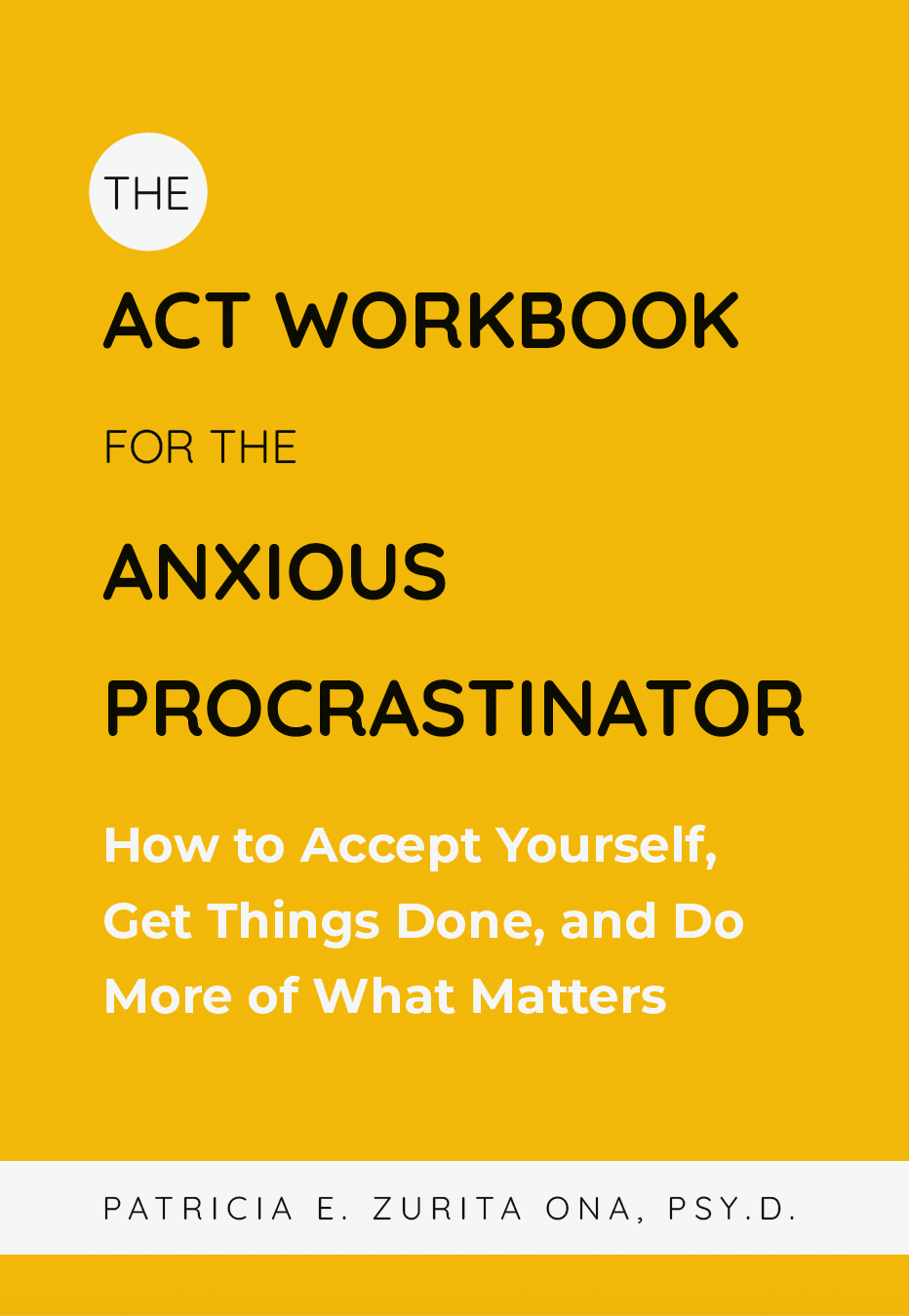
Is your child suffering from a mood disorder?
There are a lot of clinical diagnoses that get used in everyday language that we feel like we know what they mean: “I feel so depressed my football team lost,” “wow, they’re so bipolar! They were just happy a second ago and now they’re all mad and quiet,” etc. However, these are incorrect uses of the clinical terms, and there are many more diagnoses than the ones we may have heard, with intricate nuances. Let’s take a few of the mood-related diagnoses apart and see what they’re actually about, and what it might look like in your child.
Depression
Depression can be triggered by various external variables, such as a loss or death, bullying, or overwhelming changes. Other times, people have a biological predisposition to depression.
In children, depression may show up as a kid who seems to constantly be irritable, or says they feel empty or hopeless much of the time. Kids may also be tearful, and have remarkably less interest in things they really enjoyed doing before, decrease or increase in appetite or weight, a drastic change in sleep patterns, difficulty concentrating, or seem very tired every day. In order to distinguish transitory emotional states like sadness, all the symptoms above have to persist for at least two weeks.
To illustrate this, consider the example of “Adrian.” Adrian is an active and engaging 11-years old, and enjoys trading Pokemon cards, playing soccer, and watching TV. Partway through the school year, you notice that Adrian’s grades are falling, and that teachers report he is falling asleep in class and no longer participating. When you ask Adrian about this, she snaps at you and tells you she has it under control and to mind your own business. This continues happening when you try to reach out to her, and you begin noticing that she is not asking to play with friends as often. On weekends and after school, when you ask what she’d like to do, she says she just wants to sleep. You see her taking more food into her room, and that she’s also been eating larger portions, and throughout more of the day. Overall, she seems to be sluggish, and slow-moving, making her a poor teammate when you push her to play soccer again.
In this example, Adrian is exhibiting many signs of depression, and should be taken to a medical doctor to first make sure there are no health complications before seeking psychological help. Depression can spiral, and perpetuate itself, as poor health and low motivation gets in the way of doing things that may help. Support and care from a parent can ease the some of the struggles of depression, and help move a child into feeling better. A professional therapist can help treat and prevent relapse of depression and symptoms. Research shows that the most effective therapy is cognitive-behavioral therapy, using techniques to re-evaluate thoughts and to get people back into their lives using behavioral activation.
Bipolar Disorder
There are two types of Bipolar Disorder, Bipolar I and Bipolar II. In both types, a person experiences periods of clinical depression, as well as periods of expansive, elated moods. The primary difference between the two types is the severity of the “high” periods. In Bipolar I, people experience what is called ‘mania’– which typically involves dangerous, reckless, impulsive behavior and expansive moods, as though nothing could touch them. In Bipolar II, people experience a lesser version of mania, called ‘hypomania.’ For our purposes here, we will focus on Bipolar II, as it can be harder to identify. In Bipolar II disorder, your child may exhibit the symptoms of depression described above, for the two week period, but will also experience something of the opposite, what is called a hypomanic episode, or hypomania.
In hypomania, your child would experience at least several days of constant energy that is different from their normal behavior. This could be that they feel extremely happy (or irritable), are very easily distracted, believe they can do way more things than is realistic, or talk quickly or as though there’s so much more to be said as they’re talking. They may throw themselves into their interests and hobbies, sleep less, or get into dangerous situations in the pursuit of these interests.
Hypomania is difficult to pinpoint as a problem because many times, those around the individual are simply happy that they’re no longer depressed, and feel that they are “bouncing back.”
In the case of Adrian, above, perhaps she came out of her depression, and a few weeks later, began showing renewed interest in her Pokemon card trading. She began researching the various cards, and planning how to get all of them. Over dinner, she would talk quickly for the entire time, tripping over her words to share what she’s learned and the developments in her plans, which include traveling across the US alone, and hitch-hiking along the way. Spurred by your comments that this is not realistic or feasible, she snaps at you that she is fully capable of doing this, and stays up multiple nights researching and planning.
In this case, she has crossed her “normal” behavior into irregular and potentially dangerous activity.
Many times, people struggling with Bipolar II may resist treatment because they enjoy the feelings of productivity and a “high” in their mood, particularly in contrast to their depressive episodes. However, it is important to seek treatment, as this cycling of moods is debilitating for everyday living, and can lead to undesired or dangerous behavior such as reckless buying sprees, or sexual indiscretions. When coming out of the hypomanic episode, someone might believe they are going into a ‘funk’ as opposed to simply returning to normal, and this could lead to worsened depressive symptoms. In Bipolar I, people experience a more intense and elevated mood that can result in a complete loss of normal everyday living, and possibly hospitalization. Mania can also include psychosis and hallucinations. In both diagnoses, people cycle through moods, similar to a sine or wave graph, with each mood lasting for at least several days.
The most effective types of therapy for the treatment of bipolar disorder are Cognitive-Behavioral Therapy which focuses on changing negative thoughts and tracking daily mood fluctuations, interpersonal therapy which works to improve relationships, and social rhythm therapy, which focuses on maintaining a daily rhythm and schedule.
Cyclothymia
A much lesser-publicized diagnosis, cyclothymia refers to symptoms of depression and hypomania that don’t meet the full criteria to be diagnosed. As in the cases above, people experience ‘high’ periods in which they may feel abnormally elated or irritable, significantly greater energy, and changes in riskiness, goal-directed activity, sleep patterns, distractibility, and grandiosity. However, their symptoms do not quite meet the full criteria for hypomania. They also experience depressive episodes, that include feelings of irritability, depression, sadness, or emptiness, as well as diminished pleasure in activities, weight changes, changes in sleep, fatigue, diminished ability to think or concentreate, or thoughts of death. Similar to the slightly less severe hypomania experienced, people with cyclothymia also do not fully meet the criteria for clinical depression in these episdoes.
In children, these swings in mood must exist for at least a year, and be in either a hypomanic or depressive episode at least half of the time. This can sometimes turn out to look as though someone is highly-committed to a project or task for a short period of time, then later being disinterested or feel unable to work on it.
This start-stop pattern can be very detrimental to tasks such as schoolwork, which requires continued effort. An even more subtle diagnosis to see, you may see children with Cyclothymia with poor grades overall, and multiple half-completed or started projects that are then left by the wayside. Over the course of several months, you feel uncertain as to whether the person is a naturally happy and ebullient person, or a more low-energy, seemingly unmotivated person. Untreated, Cyclothymia leaves the person feeling vulnerable to their changes in mood, leaving behind a wake of unstable relationships, and may progress into Bipolar Disorder.
The most effective type of therapy treatment for Cyclothymia is very similar to Bipolar disorder, and is best through CBT and daily mood tracking, and can also involve interpersonal therapy.
Seasonal Affective Disorder
Another lesser-known diagnosis, Seasonal Affective Disorder, or SAD, is a type of depression that usually appears in fall or early winter, and goes away in spring or summer. Be on the lookout for patterns of depression and withdrawal that coincide with seasons. This is also a difficult diagnosis to catch, because the typical time symptoms appear correspond to school and greater time spent indoors due to the season. A typical form of treatment for SAD can include a light box that mimics the sunlight, and can improve mood with daily use. Therapy treatments that are most effective are similar to those for the treatment of depression: CBT to re-evaluate thoughts, with a focus on behavioral activation.
What can you do?
As a parent, it’s very difficult to parse out what’s normal growing up and what could be a mental health issue. If you suspect that your child may be suffering from any of these conditions, take a breath and do your best to continue attempting to connect and show loving support. Encourage them not to isolate themselves, and to continue healthy eating and exercise. Share your concern, and be open to listening, even when there may be nothing to be done about the situation. You can promote healthy relationships and talk to them about bullying, and possibly reduce stress. Seek professional help, as these struggles affect the entire family and don’t need to be handled by the family alone.
Sometimes, depression can also be linked to thoughts or urges to kill oneself. If you believe that your child is contemplating suicide, seek professional help. Do your best to open a conversation with your child of your concerns, and their experience. Weapons, medications (including over-the-counter) and alcohol should be locked up. If you believe your child is at imminent risk of attempting suicide, call 911.
References:
https://www.healthychildren.org/English/health-issues/conditions/emotional-problems/Pages/Childhood-Depression-What-Parents-Can-Do-To-Help.aspx
https://www.psychologytoday.com/conditions/cyclothymic-disorder






